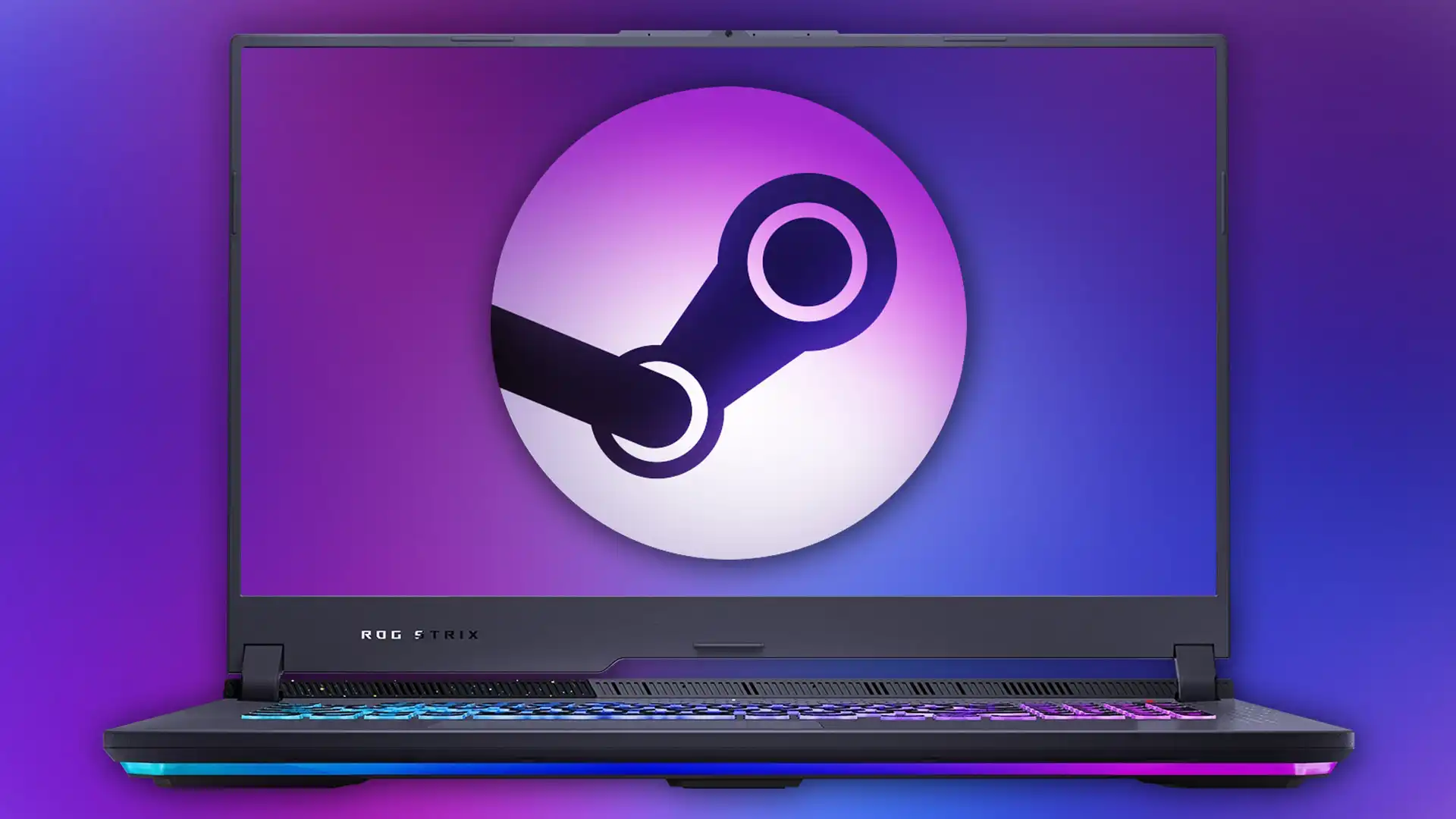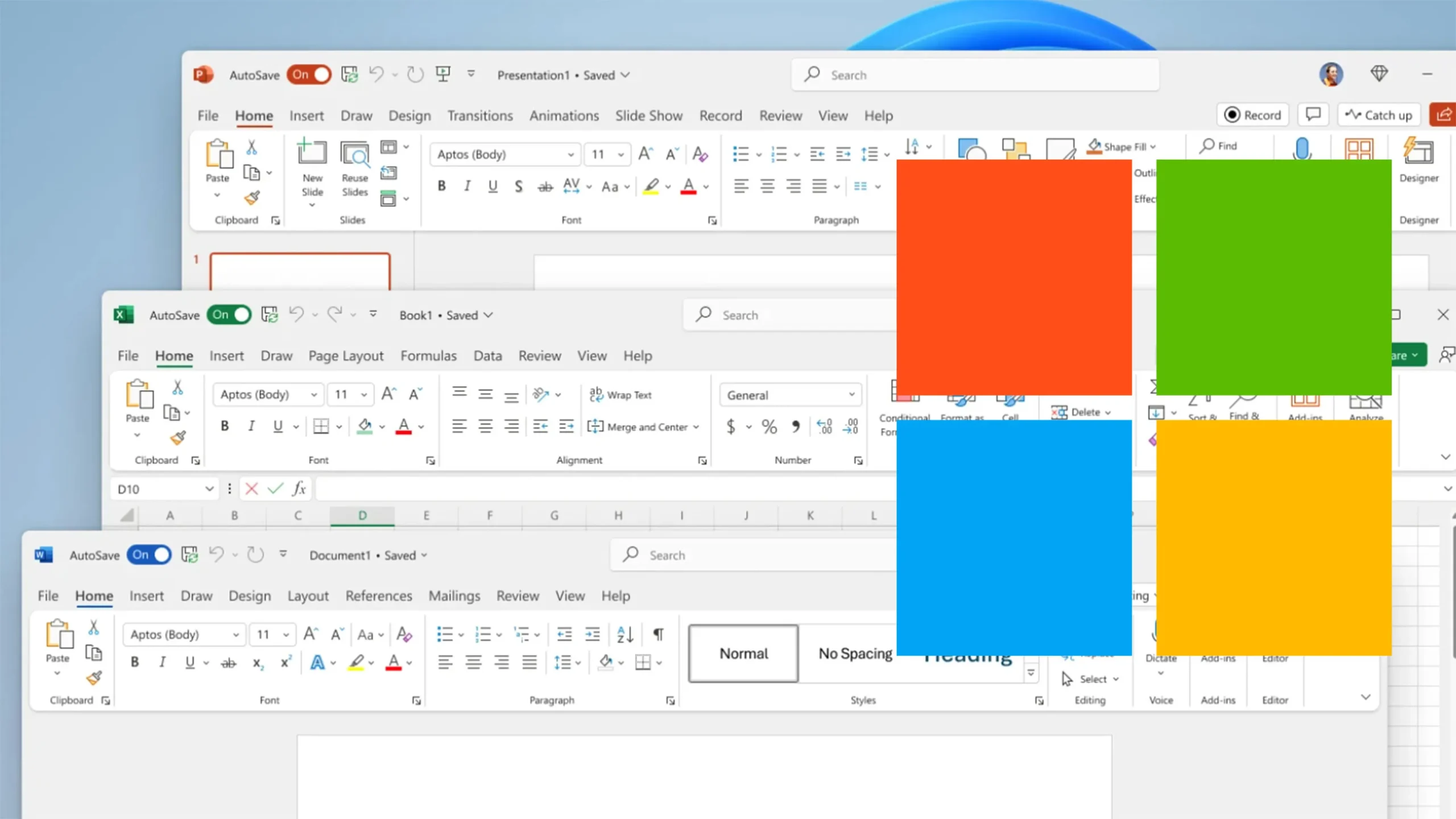SteamOS is spreading beyond Valve’s hardware. That could threaten Microsoft’s hold on PC gaming…or even Windows’ hold on the PC market.
Ten years ago PC gamers were eagerly awaiting Steam Machines, console-style Linux boxes built from the ground up to play PC games. They flopped, due in no small part to Steam operator Valve’s lack of experience working with hardware partners. But in 2025, both Valve and its home-built gaming operating system are different beasts. And Microsoft should be afraid of them.
The Steam Deck dominates PC gaming
The big story in PC gaming for the last three years has been the Steam Deck. This low-power, portable, relatively inexpensive machine is clearly something the market has been waiting for, exciting gamers and energizing PC makers to pump out imitators, like the Asus ROG Ally and the Lenovo Legion Go.
But all of these machines lack a crucial component, despite copying the Steam Deck’s hardware to a greater or lesser degree. They rely on Windows, as do almost all consumer PCs not made by Apple. And Windows just isn’t a good experience in this form factor.
That’s why Lenovo turned to Valve for its second-gen Legion Go S. Or perhaps more precisely, the Legion Go S Powered By SteamOS (its full and cumbersome title). It’s the first handheld PC officially powered by Valve’s Linux-based operating system, but probably not the last.
Lenovo is also making new Windows-based versions of the same hardware, but we’ve already heard that Asus is working on a similar Steam-powered handheld, and Valve itself will let you download and install builds of SteamOS later in 2025. Some tech heads aren’t even waiting, and are already building their own quasi-SteamOS-powered PCs.

Lenovo/Valve
Despite fumbling its initial debut on console-style Steam Machines, SteamOS has quietly and steadily improved over the last decade, benefitting both from the Linux market’s maturity and Valve’s endless investment into the Steam store and community as a quasi-platform of its own.
The X factor in the Steam Deck’s explosive popularity is the Proton compatibility layer, which allows games made only for Windows to run on the low-powered AMD hardware with minimal fuss. It can’t run everything — non-Steam games like Fortnite and the latest AAA polygon-pushers can’t run optimally on the Steam Deck. But it’s good enough for the vast majority of PC games and on a device that starts at $400, you get a lot of grace from gamers who also need to pay for rent and groceries.
Contrast this with Windows, the current de facto standard for PC gaming. Yes, Linux fans, I know you’ve been playing some of the same games as Windows users for years, ditto for Mac. But when you think “gaming PC,” you think of a Windows-powered desktop or laptop. Or do you? It’s possible — though hard to pin down, since Valve hasn’t released any numbers — that in terms of single-device volume, the Steam Deck is now the most popular gaming PC in the world.
Windows wobbles from 10 to 11
But I digress. Windows is the home of PC gaming, at least for now and the foreseeable future, but it’s not a happy home. As I said previously, handheld gaming PCs that ape the Steam Deck’s hardware but run Windows 11 often find that last point is the biggest pain point for users.
They complain of inefficient use of the limited hardware, to say nothing of how Windows just isn’t easy to use on those smaller screens. And companies like Asus, Lenovo, MSI, et cetera don’t have the software chops to make an effective go-between layer for users, even if these devices could spare the performance overhead (they can’t).

Michael Crider/Foundry
Windows isn’t looking so hot in general, in fact. The transition from Windows 10 to Windows 11 hasn’t quite been the disaster that the initial Windows 7 to 8 transition was. But it hasn’t been great, either.
Those big yearly updates seem to reliably bork at least some portion of the userbase’s machines, disproportionately affecting gamers and Microsoft is still struggling to get people to give up Windows 10. Even with a well-publicized end of support coming in under a year, Windows 11 is struggling — and sometimes flat-out failing — to gain market share over its previous incarnation.
Microsoft’s has larger general woes in the gaming market, watching the Xbox platform and brand apparently drown even as its Game Pass subscription grows. Game Pass is pretty clearly the company’s attempt at a cross-platform rebirth, the culmination of hundreds of billions invested in buying up developers and publishers to own games as diverse as Minecraft, Call of Duty, and WoW.
But you can’t spend-money-to-make-money forever, and gaming isn’t Microsoft’s only business. It’s also desperate to sell Windows machines (2025 is “The year of the Windows 11 PC refresh,” allegedly), Office subscriptions, and AI services to the enterprise. There might be too many cooks in the kitchen and too many mouths to feed, all at once, in one of the tech industry’s oldest and most reliable megacorps.
SteamOS reminds me of Android
So look at a wobbling Windows platform on one hand, and an ascendant and suddenly spreading SteamOS on the other. Valve has committed to offering SteamOS to manufacturing partners via the “Powered by SteamOS” branding initiative.
With the open source Linux as a foundation and relative hardware agnosticism, it’s starting to look a lot like the relationship that Google developed with smartphone makers to proliferate Android across the mobile market. It’s not a complete one-to-one comparison, but Valve told us in an interview that it’s not charging for SteamOS. Huh.
Microsoft tried to compete with Android. It failed, miserably, and the company essentially had to abandon the mobile space entirely and settle for providing backend services through apps. Even when Microsoft tried to get an early foothold in the folding device segment with the Surface Duo (also failing), it did so using Android as a basis.
My colleague Adam Patrick Murray waxed philosophical about SteamOS powering gaming laptops when he spoke with a Valve engineer at CES. And I think that’s a definite possibility, even if it isn’t Valve’s immediate focus with SteamOS as it moves to conquer the handheld form factor first.
But we’re talking about a “free” operating system (those quotes are because you’ll need to partner with Valve in some capacity to get the branding), built from the ground up for PC gaming, and flexible enough to run on some of the lowest-power hardware on the market or potentially the most cutting-edge gaming devices.
The parallels to Android are hard to ignore, at least for me, a journalist who cut my teeth on the smartphone boom. But the prospects don’t stop at gaming. With Chromebooks and ChromeOS, Google has proven that regular consumers and even some bigger customers like education aren’t as committed to Windows as they were back in the 90s.

ChromeOS is still seen as a “budget” laptop solution (much to Google’s chagrin). But a year or two from now, you could see Chrome-powered budget laptops next to mid-range and high-end SteamOS-powered gaming laptops, all sitting next to Windows 11 machines on a Best Buy shelf. And that’ll be after Microsoft has forced an upgrade upon lots of people who didn’t want to give up Windows 10.
Consumers are ready for a future beyond Windows
Let me be clear: The odds of a massive, immediate shift away from Windows PCs aren’t great. This isn’t a “year of the Linux desktop” rallying cry. But if there is a Linux desktop that exists today, it’s the Steam Deck. And that makes SteamOS a bellwether for greater proliferation of non-Windows devices (if not necessarily “Linux” specifically) in a huge range of form factors.
At the start of 2025, Microsoft still has its comfortable stranglehold on the consumer side of the PC market. It weathered “the death of the desktop” predicted during the smartphone and tablet boom — people aren’t getting rid of their personal machines. But Windows’ never-ending dominance as the de facto PC operating system is, if not in doubt, then certainly in question.
Microsoft’s attempts to ameliorate the issues that Windows-powered handheld PCs, lacking as they are, shows that the company is aware of the problem it has in that form factor. I wonder what it’ll do if it sees SteamOS jump to gaming laptops…or desktops. SteamOS isn’t necessarily a harbinger of doom for Windows. But it could be. And that should make Microsoft very, very frightened.




